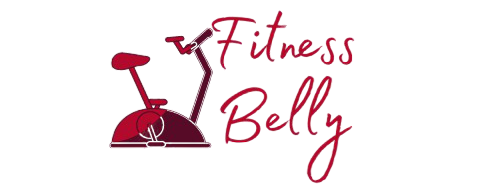Whatever form of exercise you choose, there’s a good chance you’ve heard of high-intensity interval training or HIIT. But what is HIIT exercise, and how can you use it to maximize your workouts?
Whether you enjoy cardio exercises like running or indoor cycling or prefer lifting weights or strength training, HIIT training may be a good option. Even if you are unsure how to do HIIT, you probably have a general notion of what it includes.
However, there are some misconceptions about what is HIIT exercises and what it can achieve for your fitness regimen, just like many exercise protocols in the fitness industry.
HIIT Advantages
HIIT offers the advantages of longer-duration exercise in a shorter length of time. Below are some benefits of HIIT.
Quicker Burning of Calories
Your body continues to burn calories even after you are done with a session of HIIT through excess post-exercise oxygen consumption (EPOC). This is one of the main reasons why HIIT works.
EPOC happens when your body burns extra calories to repair the damage from strenuous activity. Because HIIT workouts are so rigorous and promote efficient muscle growth, it is a regular occurrence.
Can Help In Muscle Gain
You might be asking, “does HIIT build muscles?” HIIT workouts at home may involve performing exercises that target diverse muscle groups, such as squats, pushups, and burpees.
The intensity will also aid in muscular growth and increase your muscles’ capacity to endure more workouts. Due to short rest intervals, this sort of exercise increases physical endurance.
Better Blood and Oxygen Flow
HIIT exercises support and even strengthen your circulatory system. Usually, endurance training is used to increase oxygen consumption.
Traditionally, this entails extended periods of steady-state cycling or running. However, it now seems that HIIT can achieve the same results in less time.
Different HIIT Workout Types
If you work out in brief bursts of intense action followed by a lengthier time of rest, almost any exercise or routine can turn into a HIIT workout.
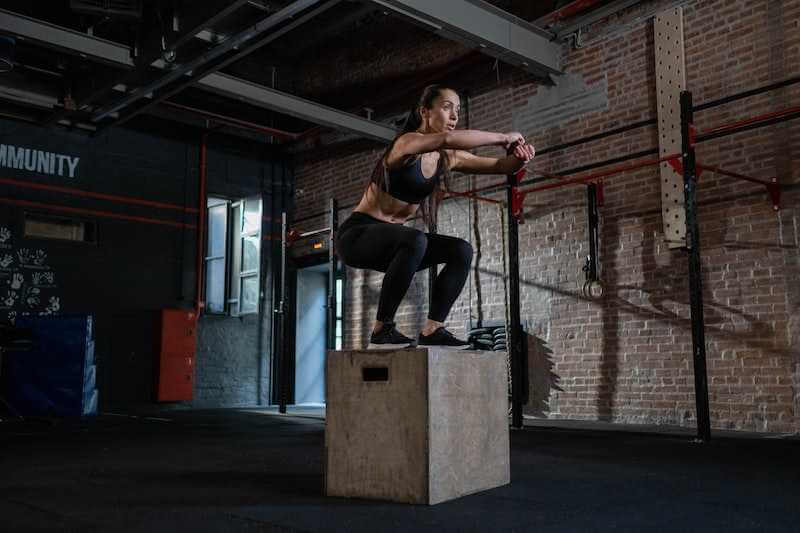
The primary forms of HIIT exercises are as follows:
- Cardio HIIT– Intensity is critical to obtain a solid cardio HIIT workout. You can also use a HIIT machine to increase intensity for a short period, say 30 seconds. Then give yourself one to two minutes of slow movement to recuperate.
- HIITS Using Weights– HIIT and weights combine cardiovascular and strength training into one sweaty package. Brief durations are essential, and maintaining proper form can help you avoid injury even more.
- Full Body HIIT- You may pair any exercises together or arrange them into a circuit to guarantee that you receive a full-body HIIT workout. Make a list of around three or four exercises, then go through the list three or four times rather than doing one activity at a time.
How To Perform HIIT Correctly
Making a few minor adjustments could mean the difference between reaping the total rewards of HIIT and merely getting a solid exercise. Here are some of the ways to perform a good HIIT session.
Warm Up Properly
A solid warm-up is essential whether you’re performing cardio- or strength-based HIIT. This should consist of slower-tempo repetitions of the exercise you intend to utilize during HIIT, such as squats, as well as mobility exercises like hip-opening stretches and thoracic spine rotations.
Exercise Proper Form
There are a ton of HIIT exercises available, but the majority of them are not actually “HIIT.”
The most excellent option is to engage in a standard cardio workout. Just be sure to pick something you enjoy that will allow you to change intensity swiftly.
Wear Appropriate Footwear
It’s crucial to get appropriately fitted because your shoes for weightlifting may not be optimal for HIIT. This will guarantee that you give the rest of your body, including your feet, the proper support while exercising.
Use Lighter Weights
Reduce the weight you might typically lift during a slower, strength training if your HIIT workout involves free weights. This helps perform more repetitions with good form.
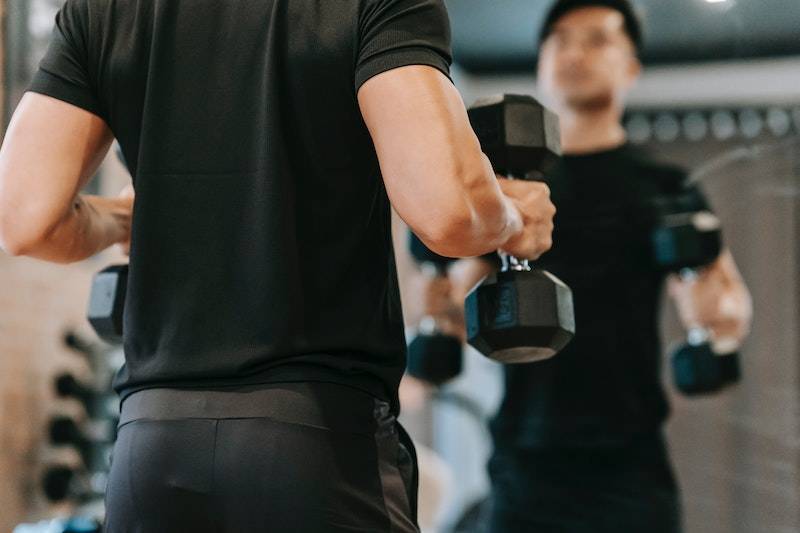
Exercise at the Appropriate Intensity
The most important thing to understand about intensity is that you must exert all your efforts. Its name, “high intensity,” is not an accident.
The secret is to concentrate on accelerating rather than on resistance. As you can see, you will be able to reap the rewards of cardiac exercise; this is not strength training.
Allow For Recovery Time
If you don’t take precautions before, during, and after your workout to ensure you take care of your body, HIIT, like any form of exercise, may result in injury.
It’s crucial to give yourself adequate time between sessions to recover. Generally speaking, you should wait anywhere from 24 to 48 hours between them.
Why Should You Not Slow Down?
Half of the adults get enough aerobic activity, and most individuals don’t exercise enough overall.
Exercise that causes an increase in heart rate and deeper breathing is called aerobic exercise. Adults must engage in 150 to 300 minutes of moderate-intensity aerobic activity per week.
75 to 150 minutes per week of vigorous-intensity exercise are an alternative. High-intensity interval training, or HIIT, can be helpful in this situation.
Because of your age, joint pain, or other health issues, you might have heard about HIIT but assumed it didn’t apply to you. However, almost anyone can perform HIIT.
If you’re wondering how long does it take for HIIT to see results, most people report seeing internal changes after at least a month. For more visible results, don’t slow down.
Is HIIT Risk-Free?
Before beginning a HIIT program, talk to your doctor if you have heart disease or other health issues. HIIT has been proven advantageous and safe for persons with heart disease. It is associated with minimal fatal risks.
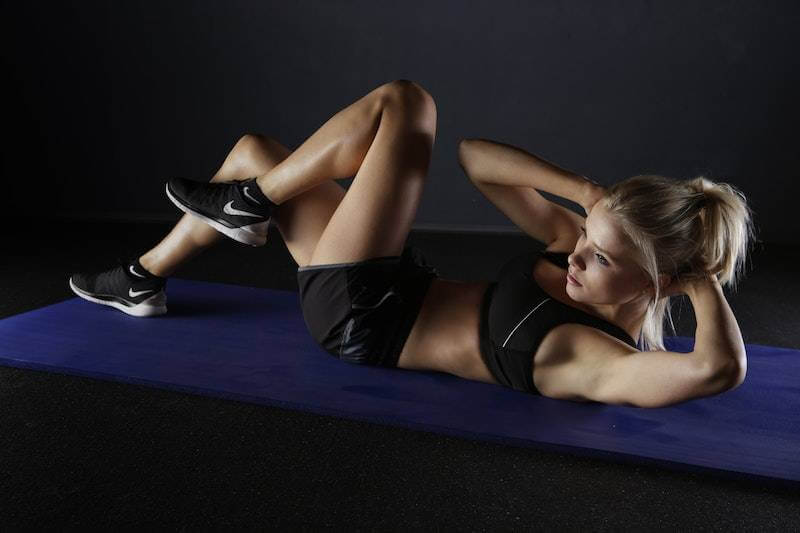
HIIT Workouts You Should Try
A few HIIT exercises can keep you off the treadmill (at least for the most part) and on a much more enjoyable path to fat loss.
Basic Sprint Interval
It is the perfect HIIT treadmill workout for you. It would also be effective on a track or a football field.
After a brief 3-minute jog to warm up, increase your pace to sprint as hard as possible for 15 to 20 seconds. After that, move exceptionally slowly for one minute while walking or jogging. Then HIIT sprints will resume.
Bodyweight Tabata Blast
Tabata training involves eight rounds of 20 seconds of all-out effort followed by 10 seconds of recovery during the extra-intense format.
Squats, lunges, squat holds, and pushups are the four bodyweight exercises that you can combine for this 16-minute Tabata workout.
The Bike Sprint
Do you own a stationary bike? Then use this sneaky HIIT exercise to blow out your quadriceps and hamstrings. For 30 seconds, pedal as quickly and forcefully as you can while concentrating on quickly flipping your legs over.
After that, pedal at a relaxed rate for one minute. Depending on your time, repeat this for ten to twenty rounds.
Battle Ropes Blitz
Start performing slams or waves using a pair of battle ropes, and continue for 30 seconds. Take approximately a minute to relax. Repeat ten times.
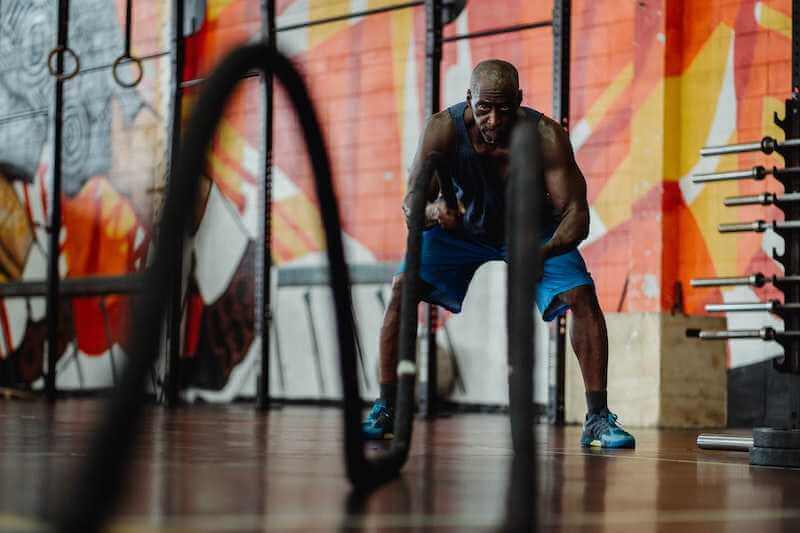
The Sled Push Slam
To get the most out of this sled push workout, load the sled with 70 to 85% of your maximum pushing capacity. Push it now explosively, quickly, and as forcefully as you can until it hardly moves. Take three minutes of rest followed by 4 or 5 rounds of repetition.
How Do You Do HIIT for Beginners?
HIIT for beginners is done by easing in gradually. Do not jump to the high-intensity exercises abruptly. You might injure yourself.
How Do I Know if I Am Doing HIIT Correctly?
Heavy breathing, an elevated heart rate, substantial perspiration, and muscle discomfort are typical indicators that HIIT is performed correctly and effectively. Another indicator that HIIT is being done correctly is an increase in appetite following a workout, an improvement in general fitness, and perceptible fat loss.
How Long Should You Do HIIT for Beginners?
You decide how long or how short your HIIT workout will be. For a beginner, 10-15 minutes is an excellent starting point. You can add more intervals for a longer workout as your fitness level increases.
Is HIIT Good for Fat Loss?
HIIT forces your body to burn fat for energy rather than carbohydrates. This increases the effectiveness of fat loss. You also burn more calories through HIIT, which helps in weight loss.
Conclusion
It is advised to wait until you have completed several solid weeks of endurance training before beginning your HIIT program. Even moderate-intensity exercise will positively impact your health when you first start exercising.
Exercise benefits can be obtained without HIIT; it is merely an additional resource that requires a much smaller commitment for a shorter period.
You must exert roughly 70–90% of your capacity for that short period. So no gentle, leisurely bicep curls or light jogging. Use those 30 to 60 seconds to go all out before you rest and recuperate, as long as you’re using excellent form and technique.

I’m a triathlete and life coach, with a focus on holistic health, fitness & women’s issues.
I also write about my gastronomic adventures and my love for the outdoors.
